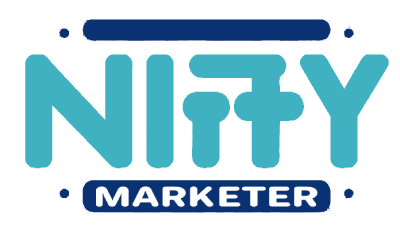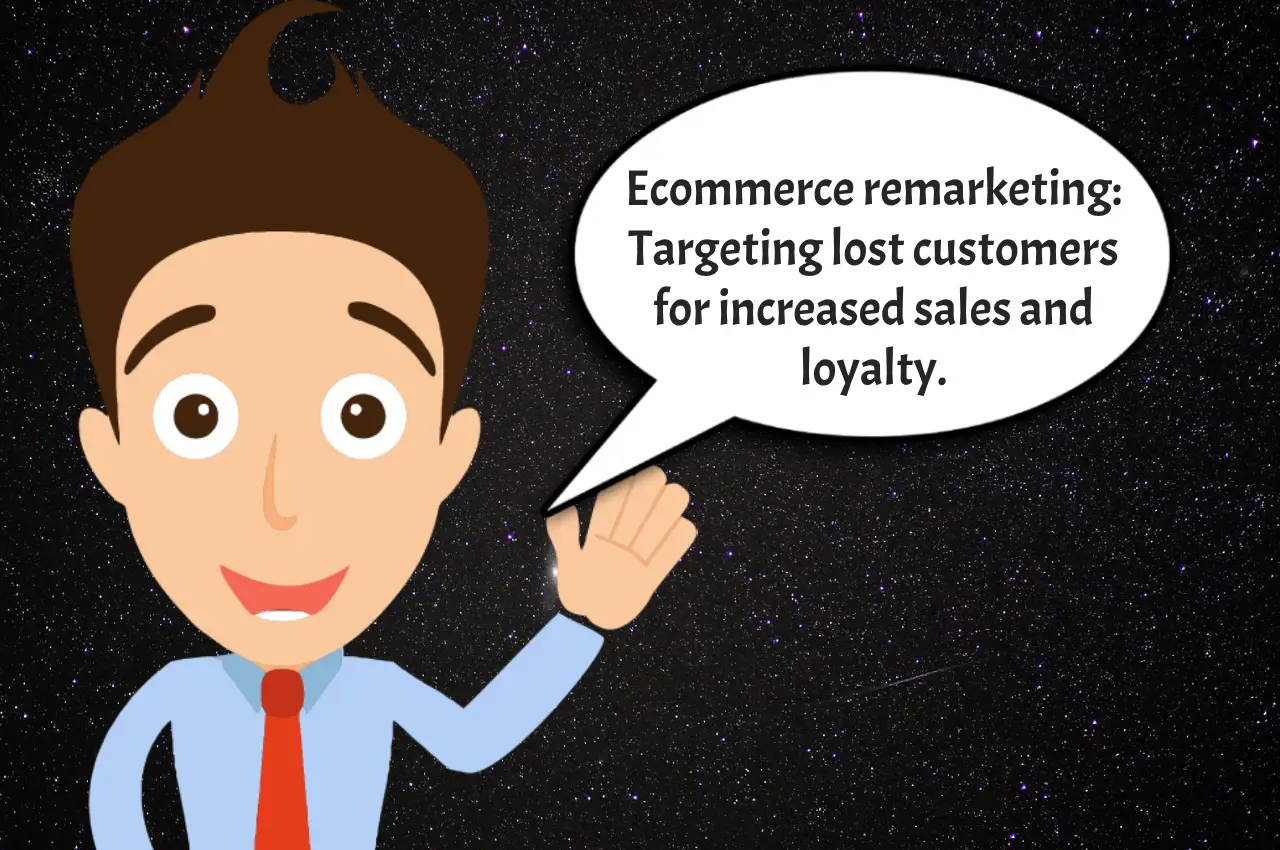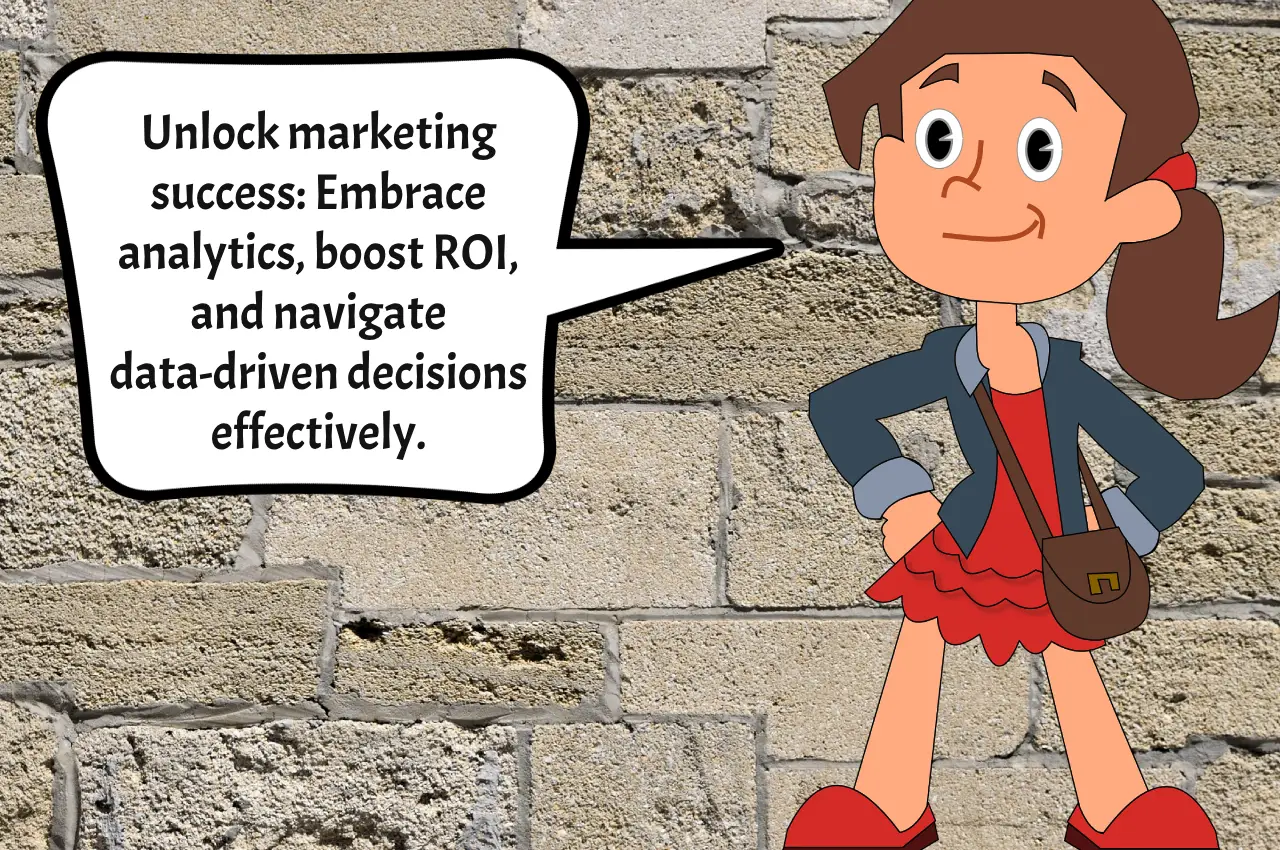In the vast landscape of digital marketing, allocating your budget for online paid ads is akin to navigating uncharted waters. How much should you spend? It’s a question that often echoes through boardrooms and marketing meetings, and the answer isn’t as straightforward as one might think. In this blog post, we’ll break down the intricacies of budgeting for online smart paid ads, providing you with a roadmap to optimize your spending and maximize your returns.
Understanding Your Business Objectives
Before diving headfirst into the world of online smart paid ads, take a step back to assess your business objectives. What are you aiming to achieve with your digital advertising efforts? Whether it’s boosting brand awareness, driving website traffic, or generating leads, clarifying your goals is the cornerstone of effective budgeting.
For example, Sarah’s online bakery aimed to increase online sales. By defining this objective, she could tailor her budget to focus on conversion-driven ads.
Setting Realistic Expectations
In the world of digital advertising, success doesn’t happen overnight. It’s crucial to set realistic expectations for your campaigns. Avoid the trap of expecting immediate results, as it may lead to hastily increasing your budget without giving strategies enough time to unfold.
When Jake’s startup invested in online ads he saw modest results initially. By staying patient and refining strategies, his ROI gradually soared.
Determine Your Maximum Cost Per Acquisition (CPA)
Knowing how much you can afford to spend per acquisition is pivotal. Calculate your Maximum Cost Per Acquisition (CPA) by considering your profit margins, customer lifetime value, and other relevant metrics. This ensures that every customer gained through your smart paid ads contributes positively to your bottom line.
Another example is Emily’s e-commerce store where she determined a $20 CPA as the threshold to maintain profitability, guiding their budget decisions.
Choose the Right Advertising Platforms
Not all online advertising platforms are created equal. Each platform caters to a unique audience and offers distinct features. Understand your target demographic and select platforms that align with your business goals. Whether it’s Google Ads, Facebook Ads, or niche platforms, allocating your budget strategically across channels is key.
Start Small, Scale Smartly
Rather than splurging your entire budget at once, start with a modest investment. This allows you to test different ad creatives, targeting options, and messaging. Analyze the data, identify what resonates with your audience, and gradually scale your budget based on the insights gained.
Tina’s tech startup began with a limited budget, tweaking their ads based on user engagement before ramping up spending.
Monitor and Optimize Continuously
Digital advertising is dynamic, and what works today might not tomorrow. Regularly monitor your smart paid ads campaigns, keeping a keen eye on key performance indicators (KPIs). Tweak your strategy based on real-time data, optimizing ad spend for maximum impact.
Balancing Long-term and Short-term Goals
While immediate results are gratifying, striking a balance between short-term gains and long-term growth is vital. Allocate a portion of your budget to campaigns focused on quick wins, but don’t neglect strategies geared toward building sustained brand equity.
Another case in point is Jessica’s consultancy, they dedicated a segment of their budget to time-sensitive promotions, complemented by ongoing brand-building campaigns.
A/B Testing: Refining for Success
A/B testing is the secret sauce in the recipe for successful online smart paid ads. Experiment with different ad formats, headlines, visuals, and calls to action to identify the winning combinations that resonate most with your audience. This iterative approach ensures that your budget is allocated to the most effective elements.
Calculating Return on Ad Spend (ROAS)
Beyond tracking clicks and impressions, understanding your Return on Ad Spend (ROAS) is essential. This metric reveals the revenue generated for every dollar spent on advertising. Strive for a positive ROAS, ensuring that your ads are not just driving traffic but also contributing to your revenue goals.
Alex’s online bookstore calculated a ROAS of 3x, indicating that for every $1 spent on ads, they generated $3 in revenue.
The Human Touch in Digital Marketing
In the algorithmic land of digital marketing, it’s easy to forget the human touch. Crafting compelling ad copy, resonating with emotions, and understanding your audience’s needs are all distinctly human elements that can set your ads apart. Don’t just target keywords; connect with people.
Budgeting for the Future
As your business evolves, so should your ad budget. Regularly revisit your budgeting strategy, aligning it with shifts in your business landscape, industry trends, and the ever-evolving digital marketing platforms. Flexibility and adaptability are your allies in the dynamic world of online advertising.
Taking the Leap with Confidence
Budgeting for online smart paid ads is an art and a science. By understanding your business objectives, setting realistic expectations, and strategically allocating your budget across platforms, you can unlock the full potential of digital advertising. Embrace the iterative nature of marketing, continuously optimize based on data, and remember, it’s not just about spending—it’s about spending wisely.
What’s Your Budgeting Strategy? Share Your Insights Below and Let’s Grow Together!





